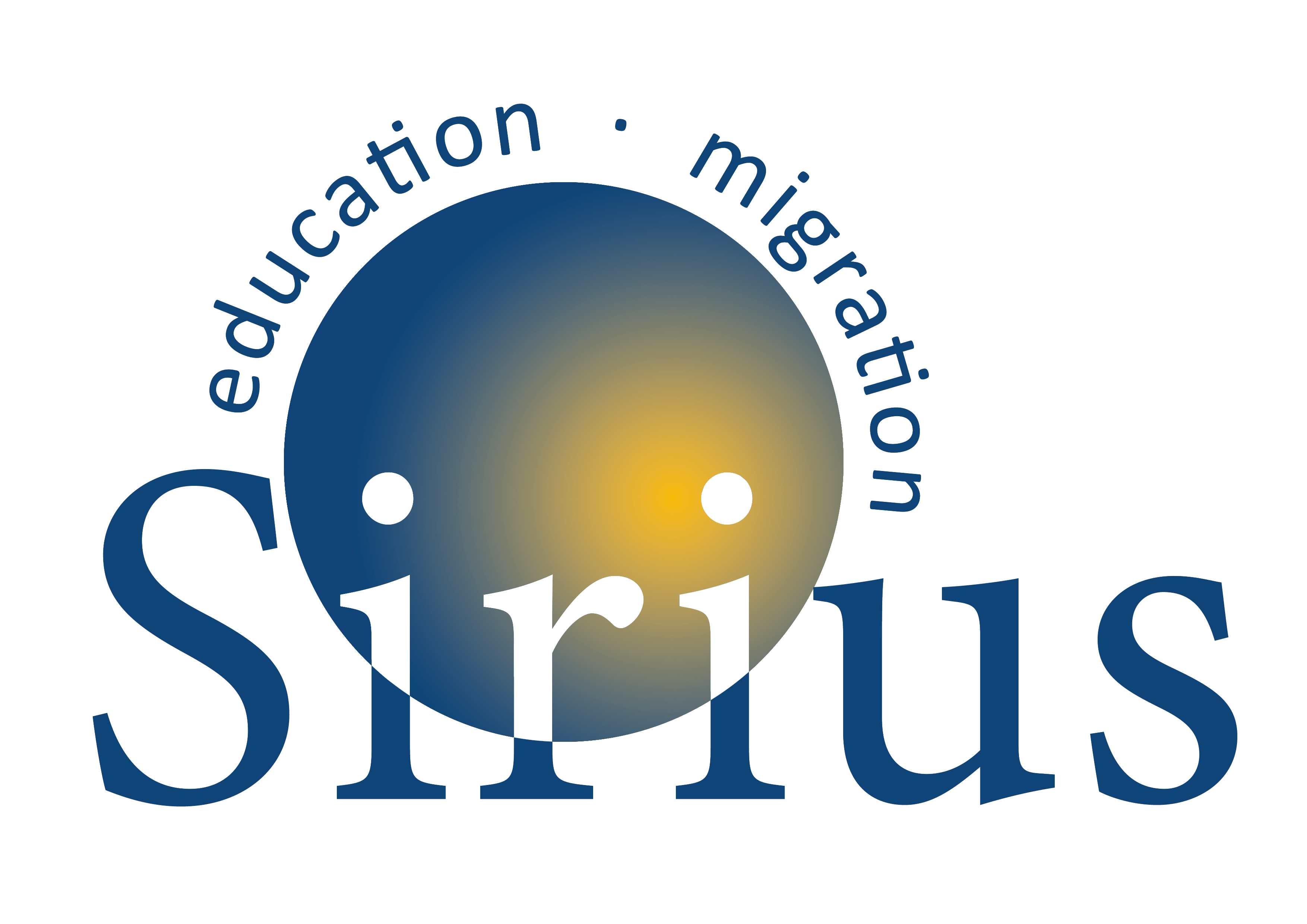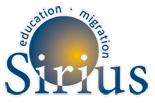Country brief
Country name: Slovenia
Please estimate the number of children in school (age 3-19) in your country:
Aprox. 320 000 (data for academic year 2019/20 High school: 73738; Primary/secondary: 190.156; Preschool (age 1-5): 87708; (age 3-5): aprox. 56 000)
(https://www.stat.si/StatWeb/News/Index/8854)
Please estimate the number of school drop-outs in your country in the school year 2019/2020.
Please estimate the average number of school drop-outs per year in the 5 school years previous to school year 2019/2020?
School drop-outs in Slovenia are a little less than 5% and stable for last 5 years.
http://archive.sciendo.com/MJSS/mjss.2018.9.issue-4/mjss-2018-0126/mjss-2018-0126.pdf
http://titaproject.eu/
Did National exams or evaluation methods take place in academic year 2019/2020? And if so, for which levels?
Only National assessment of knowledge didn’t take place. (https://www.ric.si/national_assessment_of_knowledge/general_information/, https://www.gov.si/teme/nacionalno-preverjanje-znanja/)
When school resumed in the Autumn of 2020, were any particular year groups or other groups identified to have more contact, if so which?
When school resumed in the autumn of 2020, were any particular year groups or other groups identified to have more contact, if so which?
More contacts for students who needed learning support were:
- within regular additional school contacts (individual or group) during the whole academic year;
- during the emergency remote schooling on the individual level schools and teachers organized system of support with “tutors” and “multiplicators”;
- also during the summer holidays some schools and teachers organized additional trainings (e.g. for digital competencies).
Access to education
What were the primary modes of learning implemented during the Covid-19 School closures?
- On-line
Were the above measures put into place at a policy (national or regional level) or by schools and teachers?
Online was official national (policy) mode of learning during the emergency remote schooling. Where were identified (by schools and teachers) problems with access to internet or computers/tables, they used other way to teach the students (telephone, Pick-up/Send paper materials, …) During the spring 2020 emergency remote schooling National TV also prepared and broadcast everyday one hour long informative/entertainment show for primary/secondary school students, but which was not directly linked to the aims and goals of learning subjects or classes.
Please estimate Number or percentage of children in school (age 3-19) with access to:
-
In Slovenia are 90 % of households with Internet connection. (https://www.stat.si/StatWeb/en/Field/Index/2989)
Data from Analysis of distance education during the first wave of the covida-19 epidemic in Slovenia shows that the appropriate equipment to be able to follow distance learning (such as computer, headphones, camera, printer, internet connection, etc.) don’t have:
- less than 5% of 4th and 5th grade primary school students,
- slightly more than 5% of 6th, 7th and 8th grade secondary school students,
- 9% of high school students.
More than a fifth of the students at the grade level, almost 18% of the students at the subject primary level and 16% of the high school students answered that they shared the computer with other family members. (https://www.zrss.si/pdf/izobrazevanje_na_daljavo_covid19.pdf)
What translation/interpretation resources/services are/were made available online for students and families from regional or national level?
What special or exceptional learning need supports are/were made available online for students and families from regional or national level?
All special or exceptional learning need supports and translation/interpretation resources/services for students and families were made self-initiated by schools, teachers (also tutors and multipicators) and NGOs.
(https://www.pei.si/wp-content/uploads/2021/03/SIRISUS_porocilo_2020.pdf, https://www.pei.si/wp-content/uploads/2020/05/pouk_doma_ucenci_priseljenci_SIRIUS.pdf
http://www.medkulturnost.si/gradiva/, http://www.drustvospm.si/drustvo-za-razvijanje-prostovoljnega-dela-novo-mesto)

